Language
WORLDWIDE SHIPPING
XFETTA with Walnut Base - Truffle slicer complete with pedestal
€117.00
€95.90
Availability:
In stock
The XFETTA truffle slicer with WOODEN BASE is made of special Nitro-B steel, specifically developed to obtain high cutting performance.
XFETTA, an innovative project by Chef Davide Oldani in collaboration with Ambrogio Sanelli, is a truffle slicer that guarantees perfect lamellation on the plate for each type of truffle, thanks to Chef Oldani's idea of making the "RULE" of slices of the same thickness.
The special Nitro-B steel with which the truffle slicer is made, thanks to the addition of nitrogen and a particular heat treatment, guarantees excellent sharpness and constant cutting performance over time.
Dimensions of the truffle slicer cm. 25x11
Blade length cm. 8
Together with the Xfetta truffle slicer you will find the walnut pedestal
Shipping times: 2-3 DAYS
FAQs

 IT
IT FR
FR
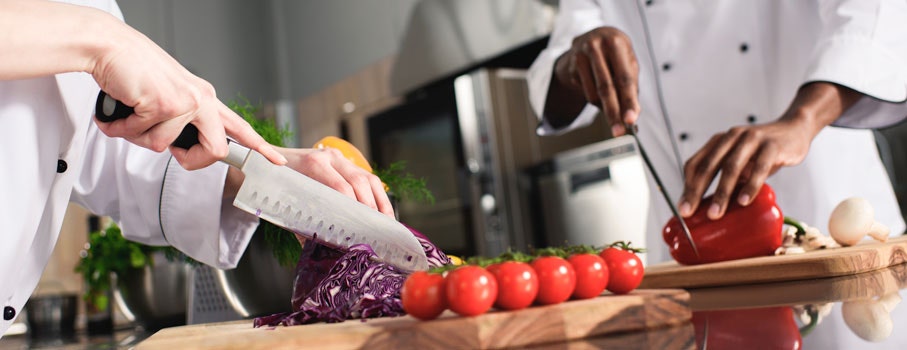
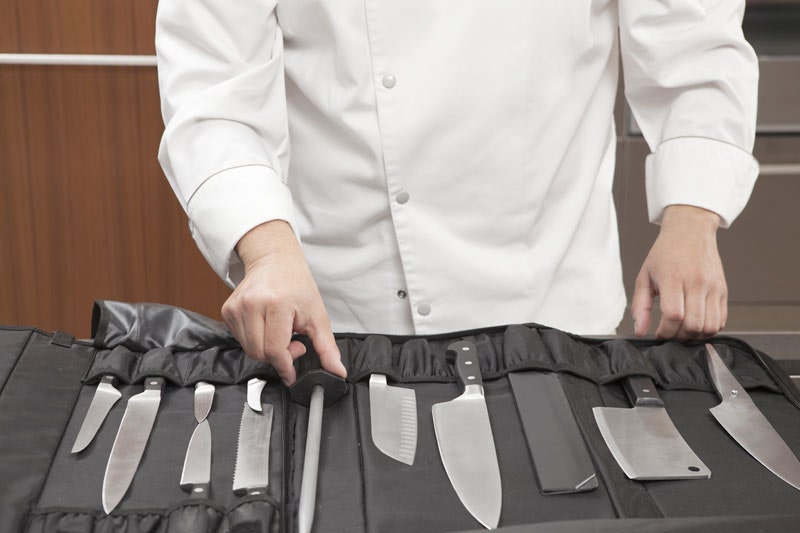
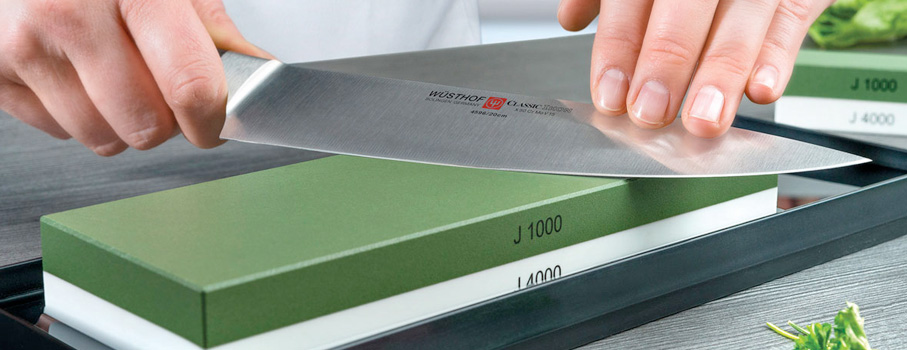
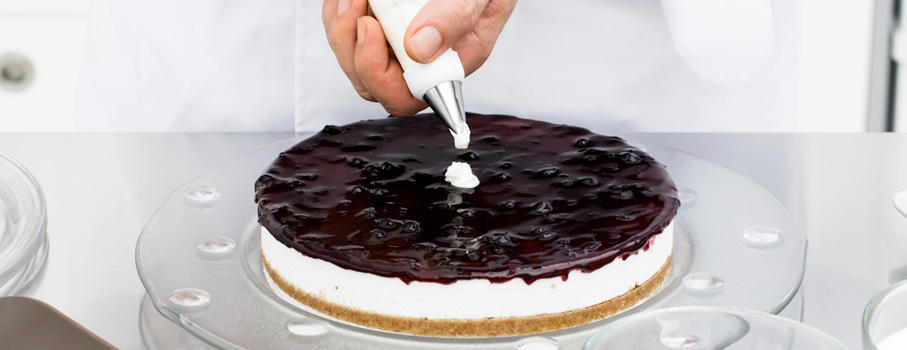

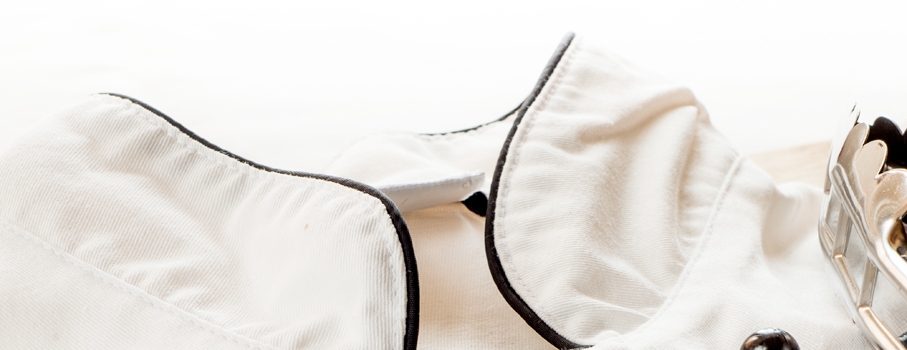
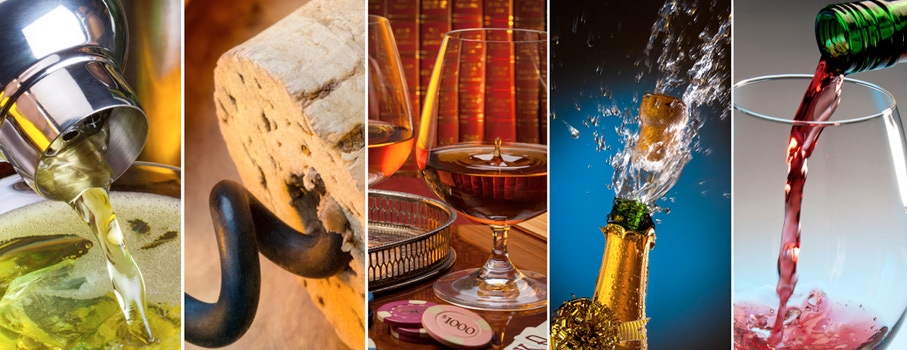
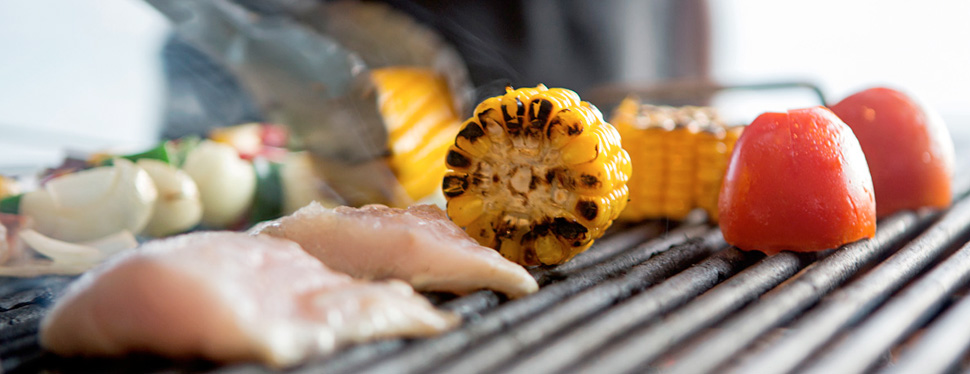

 IT
IT FR
FR
